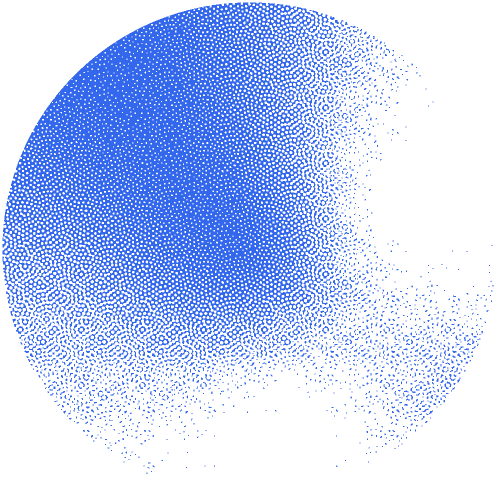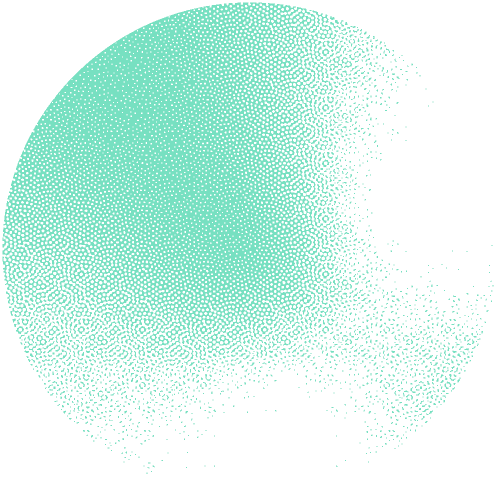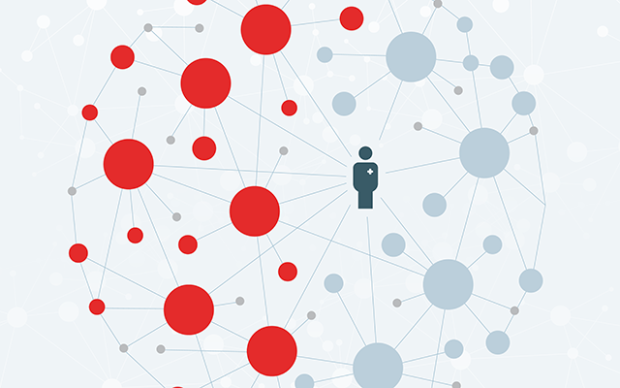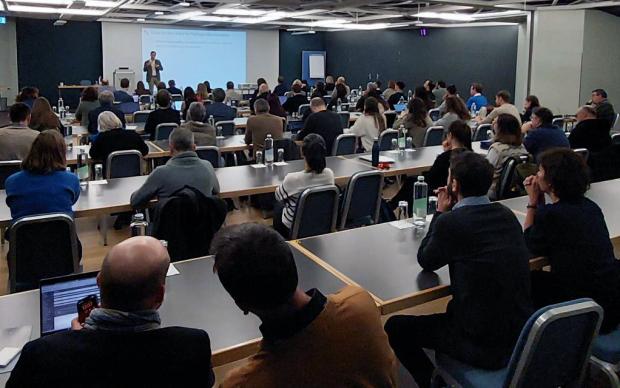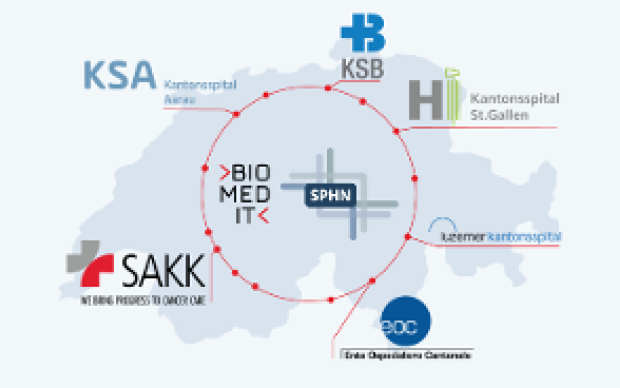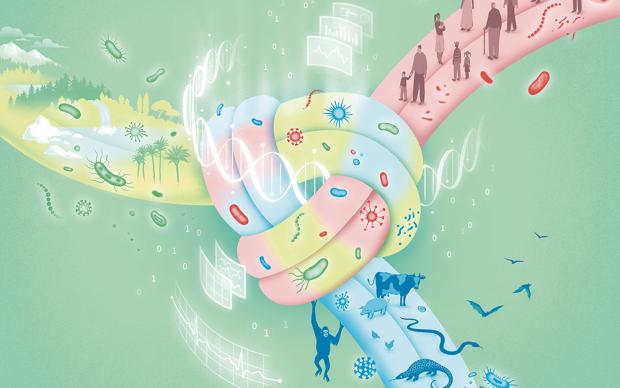For the first time, Geneva will host the European Conference on Computational Biology (ECCB) in 2026, following the recent ECCB 2024 conference held in Finland. SIB, the Swiss Institute of Bioinformatics, was chosen from among five European institutions to organize this major event, which will take place from 31 August to 4 September 2026. The conference will draw over a thousand scientists and experts from across Europe to explore the latest advances and challenges in the analysis and management of biological data. This high-caliber program will not only showcase cutting-edge discoveries but also highlight the far-reaching impacts of computational biology—a field with immense potential yet still little known to the general public.
What are Computational Biology and Bioinformatics?
Computational biology is a field of biology focused on developing and applying data analysis methods, theoretical approaches, mathematical modeling, and computational simulation techniques to explore complex biological, ecological, behavioral, and social systems.
Bioinformatics is the application of computer technology to understand and manage large biological and biomedical data sets, supporting data storage, sharing, analysis, and interpretation from research or clinical contexts.
Computational biology and bioinformatics: essential pillars of life sciences
Computational biology and bioinformatics have become indispensable to the life sciences. These disciplines provide researchers with high-quality, standardized, and interoperable data, alongside advanced analysis and modeling methods crucial for advancing research and applications across healthcare, the economy, and beyond. In essence, these specialized data sciences transform raw data from research or clinical settings into “smart” data, enabling actionable insights. Reducing biodiversity loss, mitigating the effects of climate change on food security, biodiversity, and agriculture, monitoring pathogens, precision medicine, and artificial intelligence: these are just a few of the areas where bioinformatics has become indispensable, providing critical insights that support public decision-making.
What are Computational Biology and Bioinformatics?
Computational biology is a field of biology focused on developing and applying data analysis methods, theoretical approaches, mathematical modeling, and computational simulation techniques to explore complex biological, ecological, behavioral, and social systems.
Bioinformatics is the application of computer technology to understand and manage large biological and biomedical data sets, supporting data storage, sharing, analysis, and interpretation from research or clinical contexts.
From 31 August to 4 September 2026, Geneva will become the European hub of computational biology as scientists and researchers convene for ECCB. The event’s organizing committee will include prominent figures such as Geneva National Councillor Simone de Montmollin, President of SIB’s Foundation Council. With its international reach and the presence of the World Health Organization, Geneva provides an ideal setting for the conference. It is also home to SIB, a pioneering institution in bioinformatics.
A milestone for Switzerland’s scientific community
SIB’s Executive Director, Christophe Dessimoz, sees ECCB 2026 as a significant opportunity for Switzerland’s scientific community:
“The SIB Swiss Institute of Bioinformatics has always been highly active within the European scientific community. With Switzerland currently outside Horizon Europe—and with bioinformatics rapidly becoming essential to innovation across fields—remaining closely connected to the wider community is crucial.”
A prestigious platform for scientific exchange
Held every two years, ECCB is Europe’s premier event for computational biology and bioinformatics professionals. Each conference presents a robust programme of keynotes, technical sessions, and workshops and culminates in the publication of scientific papers in Oxford University Press’ bioinformatics journal, creating an enduring platform for research dissemination and collaboration.
